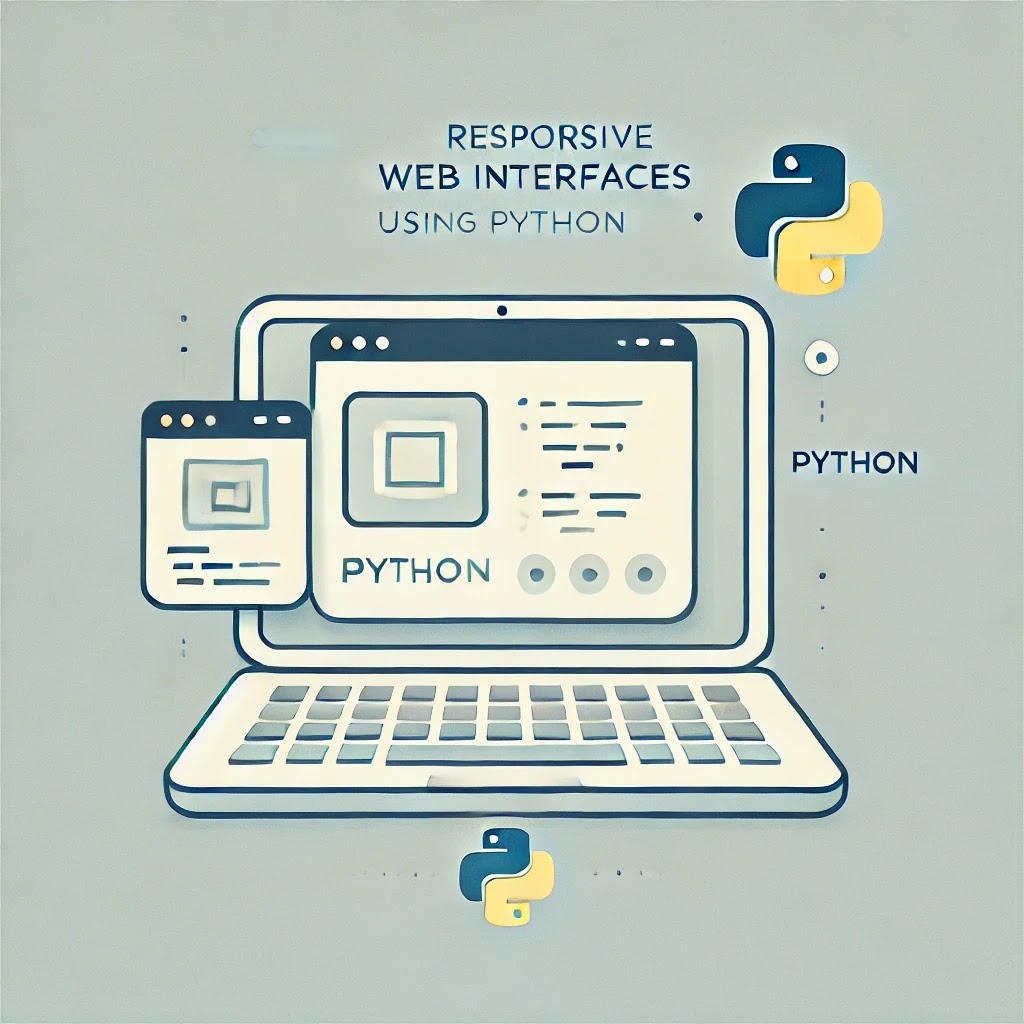Creating Responsive Web Interfaces in Python Using Flet
Creating Responsive Web Interfaces in Python Using Flet Discover how Flet simplifie...
NeuralNarrative
December 11, 2024
0
Creating Responsive Web Interfaces in Python Using Flet Discover how Flet simplifie...
